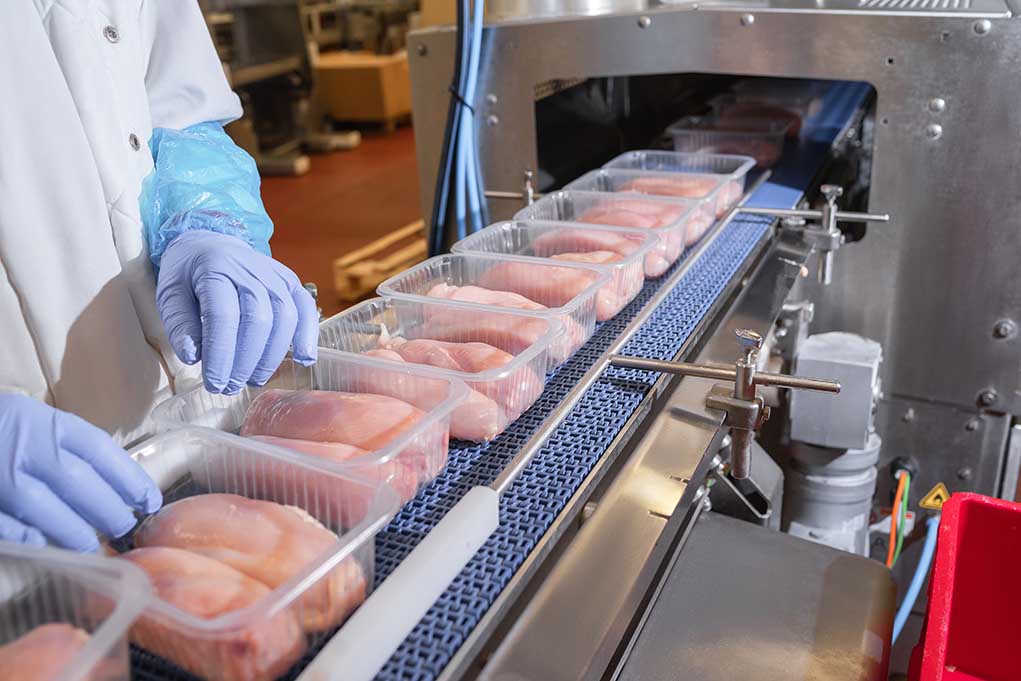
As food prices continue to soar under Biden’s economy, Americans are fighting inflation by building backyard chicken coops at an unprecedented rate, with DIY coop searches surging 212% on Pinterest in early 2025.
Key Takeaways
- Interest in DIY chicken coops has skyrocketed with Pinterest searches for “easy DIY chicken coop plans” increasing by 212% in early 2025
- Tractor Supply Co. reports selling over 10 million baby chicks annually, with poultry shoppers increasing by more than 50% in the past five years
- While backyard chickens provide fresh eggs, they require significant long-term commitment as they can live over 10 years while only laying eggs for 2-3 years
- Prospective chicken owners must consider predator-proofing, local regulations, and ongoing costs including specialized veterinary care
Americans Embrace Self-Sufficiency Through Backyard Chicken Coops
Amid continuing economic pressures, Americans are increasingly turning to self-sufficiency measures that harken back to simpler times. The evidence is clear in the exploding interest in backyard chicken coops, with Pinterest reporting that searches for “easy DIY chicken coop plans” surged by 212% in early 2025. Similarly, searches for “backyard chicken coop plans” increased 81%, “chicken coop run” jumped 163%, and even “chicken coop décor” saw a 108% increase as Americans combine practicality with aesthetics in their pursuit of egg independence.
“As the study suggests, we can expect that chicken coops will appear in many Americans’ backyards,” said Josh Roth, from Eden Emerald.
Retailers Report Surging Sales in Chicken Supplies
The trend is not just reflected in online searches but in actual purchases at agricultural retailers. Tractor Supply Co., the nation’s largest retailer of live poultry, has confirmed a significant increase in chicken coop and chick sales. The company’s growth in this sector demonstrates that Americans are putting their Pinterest searches into practice, investing in the equipment and livestock needed to produce their own eggs at home rather than paying inflated grocery store prices.
“Tractor Supply is the largest retailer of live poultry in the country. We have consistently sold more than 10 million baby chicks each year, and we expect that number to rise this year,” stated a spokesperson, Tractor Supply Co.
According to Tractor Supply Co., the number of customers shopping for poultry has increased by over 50% in the past five years. This remarkable growth showcases how the movement toward self-sufficiency has gained momentum, likely accelerated by economic pressures and a growing desire among Americans to take control of their food supply rather than remaining dependent on increasingly expensive commercial sources.
The Reality of Chicken Ownership: What Experts Want You to Know
While the economic appeal of home-produced eggs is undeniable, experts caution potential chicken owners to understand the full scope of the commitment. Chickens can live well over 10 years, but hens typically only lay eggs for 2-3 years before “retiring.” This creates a long-term responsibility that many new chicken owners may not anticipate. Additionally, only female chickens (hens) produce eggs, and determining the gender of newly hatched chicks can take weeks, creating potential complications for suburban chicken keepers.
“Avian vets are a specialty, so they can cost a pretty penny when needed, especially in an emergency,” said Kate Murphy.
Predator protection represents another crucial consideration for chicken owners. Free-range chickens require secure enclosures to protect them from a variety of predators. This necessitates properly designed coops with features like buried fencing to prevent digging predators and overhead protection from aerial threats. Many DIY enthusiasts underestimate these security requirements, potentially leading to heartbreaking losses and additional expenses to upgrade inadequate initial designs.
Legal and Financial Considerations
Before investing in backyard chickens, prospective owners must check local regulations, which vary widely across municipalities. Many areas restrict the number of chickens allowed or prohibit roosters due to noise concerns. HOA rules may create additional restrictions that supersede local ordinances. Failing to research these regulations can lead to fines or being forced to rehome your chickens after significant investment.
“Owning any animal is a lot of work, but chickens are a huge responsibility,” said Murphy emphasized.
The financial commitment extends beyond the initial coop construction and chick purchases. Ongoing costs include quality feed, bedding materials, and potentially expensive veterinary care. While home-produced eggs may offset some grocery expenses, the total investment often exceeds the market value of the eggs produced, especially during the initial setup phase. The true value comes in the quality, freshness, and satisfaction of producing your own food while reducing dependence on the inflation-prone commercial food system.

















